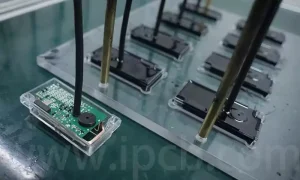
Introduction to PCB overmolding process
PCB overmolding is a technique that involves coating printed circuit boards (PCBs) with protective polymer resin. This process is designed to protect PCBs from external factors such as humidity, dirt,
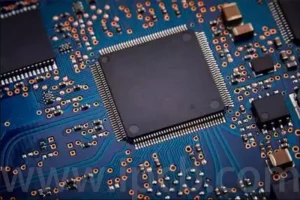
Causes and Countermeasures for PCB Warping in SMT Processing
PCB warping is a common quality issue in surface mount technology (SMT) processing, severely affecting the performance and reliability of electronic products. This phenomenon is not caused by a single
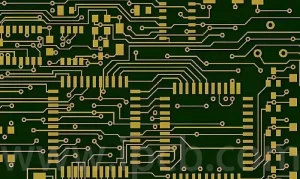
Strategies for dealing with solder contamination on PCB gold fingers
In the field of electronic product manufacturing, solder contamination on PCB gold fingers is a common and challenging issue that significantly impacts product performance and reliability. Especially during critical processes
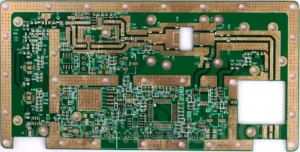
Challenges in the production of microwave pcb
The production process for high-frequency microwave pcb is complex and requires extremely high precision, encompassing multiple critical stages from engineering data processing to final forming. To ensure product quality and
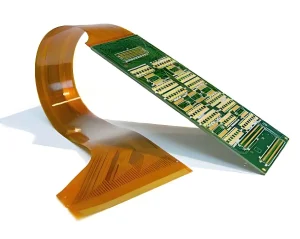
Exploring the Value of HDI Flex PCB in Electronic Design and Manufacturing
Definition and Development Background of HDI Flexible Circuit Boards Driven by the trend toward increasingly thinner, smaller, and highly integrated electronic products, traditional rigid circuit boards are no longer able
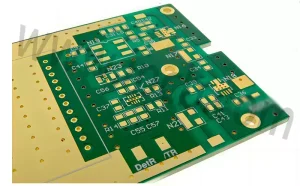
Features of microwave pcb manufacturing
The manufacturing of microwave pcb has multiple distinctive features, primarily manifested in the diversity of substrate materials, stringent requirements for design precision, computer-controlled manufacturing processes, specialised graphic production, diverse surface
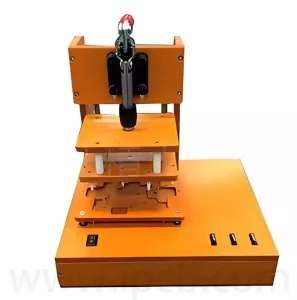
PCBA Test Fixture Principles and Manufacturing Process
PCBA test fixtures, also known as ‘test fixtures, play a crucial role in the PCBA manufacturing process. They are primarily used to conduct comprehensive testing on PCBs that have undergone
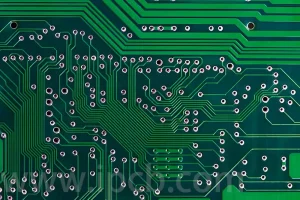
Classification and Selection of RF Connectors
RF connectors are electrical connectors used for transmitting radio frequency signals. They are also referred to as coaxial connectors within the industry, as RF connectors are typically connected to coaxial
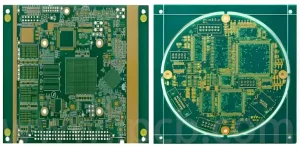
Some Factors Affecting the Performance of Microstrip Patch Antennas
Microstrip patch antennas and their arrays may not be seen much but are the most widely used form of antenna. They are simple in structure and can be formed by
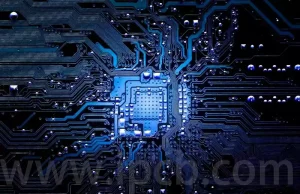
High Frequency PCB Materials and Selection
High frequency pcb is special circuit board dedicated to higher electromagnetic frequencies, applicable to high-frequency (frequency over 300MHz and wavelength less than 1 metre) and microwave (frequency higher than 3GHz,
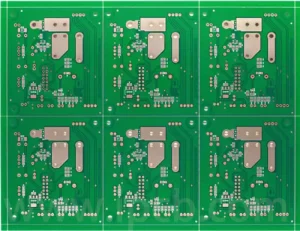
High-Tg PCB and Selection
What is a high-Tg PCB? What are the advantages of using high Tg PCBs? When the temperature of a high Tg printed circuit board rises to a certain range, the
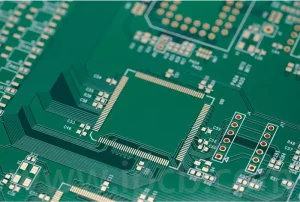
What is 94v-0 on a pcb?
What is 94v-0 on a pcb? The 94v-0 standard is a standard set for the combustion characteristics of plastic materials in electronic and electrical products. It was established by Underwriters
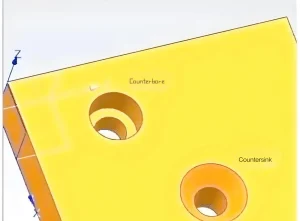
Counterbore vs Countersink Practical Guide
In the fields of mechanical processing, PCB design and product assembly, the design of holes is far more than just a round hole. Different types of hole structures have a
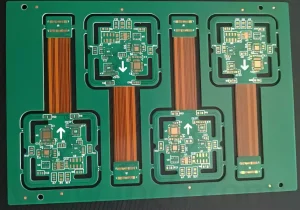
Considerations for Rigid-Flex Circuit Board Design
The trend in PCB design is moving towards lighter, thinner, and smaller boards. In addition to high-density circuit board design, there is also the important and complex field of three-dimensional
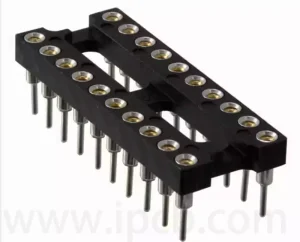
Functions and Applications of Integrated Circuit Socket
An integrated circuit socket, also known as an IC socket, is an interface used to connect integrated circuits. It allows integrated circuits to be easily inserted and removed, facilitating testing
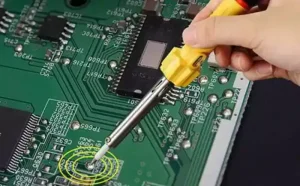
Solder Paste Flux Characteristics and Applications
Paste flux is a key ingredient in solder paste, mainly used to clean the metal surface of oxides during the soldering process and to promote the wetting and flow of
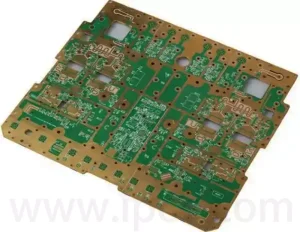
Comparison of Rogers 5880 vs 5870
Rogers 5880 sheet is a high performance PTFE composite material with extremely low dielectric constant and loss, widely used in high frequency circuits for communications, automotive, aerospace and other applications.
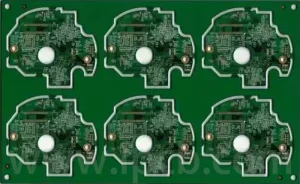
5G Communication High Frequency PCB board Application
In the context of the rapid development of 5G communication technology, the performance of high-frequency PCB board has become the key to ensure the quality of signal transmission and system
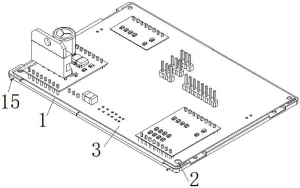
Modular PCB Design Drives Flexibility
What is Modular PCB Design? With the increasing complexity of electronic product functions, traditional single circuit board design has been unable to meet the needs of rapid iteration, flexible upgrades
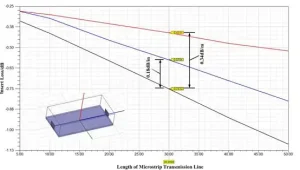
Rogers RO4350B Microstrip Line Insertion Loss Optimisation
Rogers RO4350B dielectric constant stability is relatively high, the standard value using 10GHz frequency test value of 3.48, with the frequency increase in dielectric constant will decline, 24GHz frequency dielectric
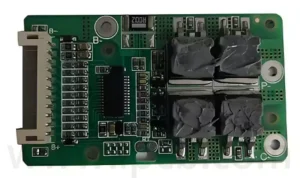
Types and selection of battery on pcb
Battery on pcb is battery devices that are mounted on circuit boards to provide electrical support for electronic components, chips, etc. on the circuit boards. Battery on pcb is usually
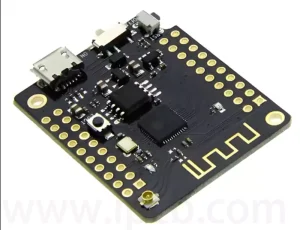
Application and selection of dev board
Dev Board (Development Board) is a hardware prototyping platform for embedded system design, usually integrating processor, memory, peripheral interfaces and other modules for software debugging, algorithm verification or product prototyping.
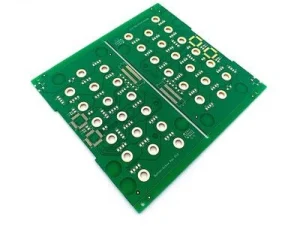
Complete Interpretation of ROHS PCB Design and Manufacturing
Introduction With the continuous improvement of global environmental awareness, green manufacturing has become an irreversible trend in the electronics industry. Major markets such as Europe and the United States have
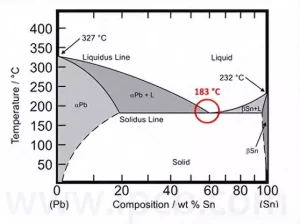
Technical applications of eutectic solder
Eutectic soldering, also known as low melting point alloy soldering, is a specific soldering technique. The process involves the removal of unstable oxide layers at the interface between the chip